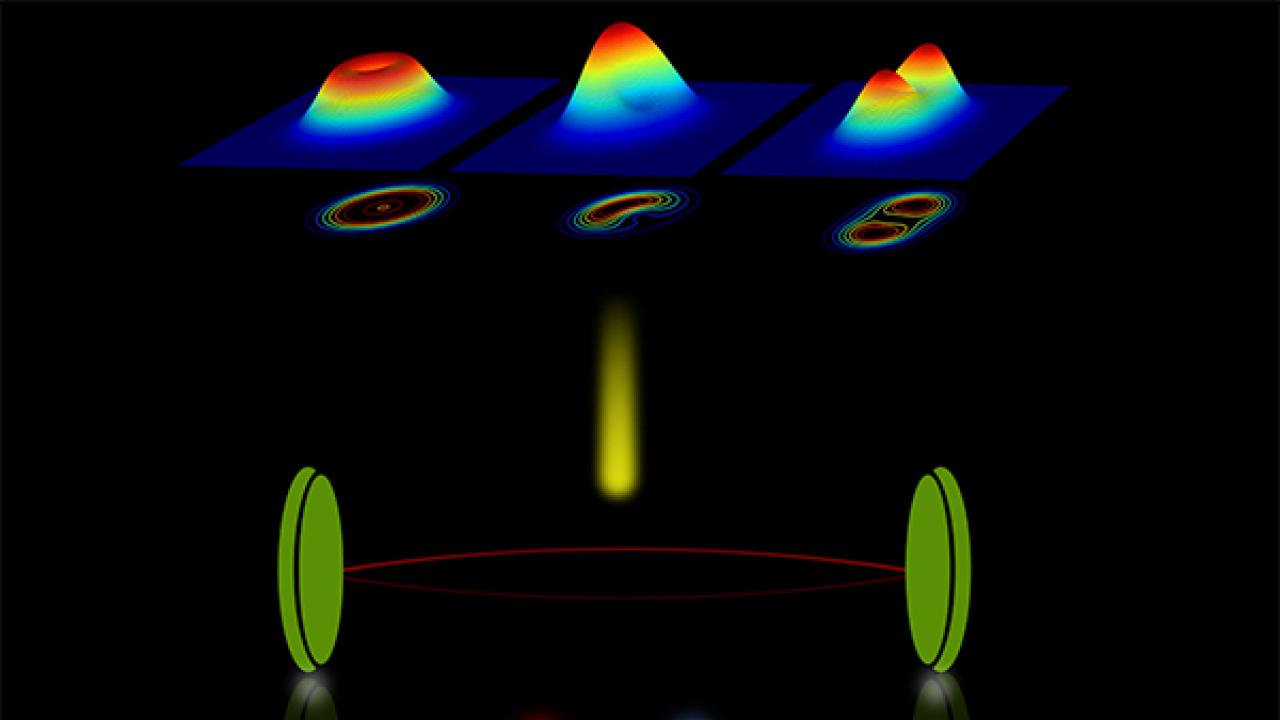
An ICTP researcher is among an international team of collaborators who have predicted that particles operating under quantum influence can still show synchronization. This refers to the tendency of oscillating systems to sync with each other or with an external driving frequency.
The research appears in a paper, 'Squeezing Enhances Quantum Synchronization', that has been published in Physical Review Letters (DOI https://doi.org/10.1103/PhysRevLett.120.163601) and highlighted as an Editor's Suggestion.
Physicists had previously feared that noise at the quantum level would wash out synchronization effects. Noise in position or momentum is an intrinsic feature of quantum systems, as famously expressed in Heisenberg’s Uncertainty Principle.
The research team, which included Rosario Fazio, head of ICTP's Condensed Matter and Statistical Physics section (https://www.ictp.it/research/cmsp.aspx), has found a way to get around this problem. They show that the sync signature in quantum systems such as trapped ions or miniature cantilevers is boosted if the external drive not only sets a frequency but also ‘squeezes’ the state.
Squeezing is a quantum mechanical effect where uncertainty in one property of a system can be decreased at the expense of increasing the uncertainty in another. Heisenberg’s Uncertainty Principle allows this.
In the proposed system, the trade-off is between uncertainty in the phase of the oscillation and in its strength. The squeezing reduces the noise in the phase – forcing the system to lock onto the external drive and follow its rhythm – while increasing the fluctuations in average number of excitations.
Ions or cantilevers in the quantum regime will naturally vibrate at a certain frequency, which may be excited by shining light onto the system. Sync happens when a second driving frequency is applied, which is close to but not the same as the natural frequency, causing the system to shift its vibration towards that external frequency.
In the squeezing-driven system, the researchers calculate that the synchronization is stronger and more closely peaked about the external frequency than without squeezing.
Next the researchers will try to observe the effect in the lab. First they will look at driving the vibrations of a single ion, then think about how multiple ions may affect each other. Ultimately such an approach might synchronize time across a network of highly precise atomic clocks.
In addition to ICTP's Fazio, the research team includes Michal Hajdusek, Manas Mukherjee, Vlatko Vedral, Sai Vinjanampathy and Leong-Chuan Kwek, all affiliated with the Centre for Quantum Technologies (CQT) in Singapore, and collaborator Sameer Sonar at the Indian Institute of Technology-Bombay.
(source: CQT news highlight, "Squeezing helps quantum particles get in sync"
















